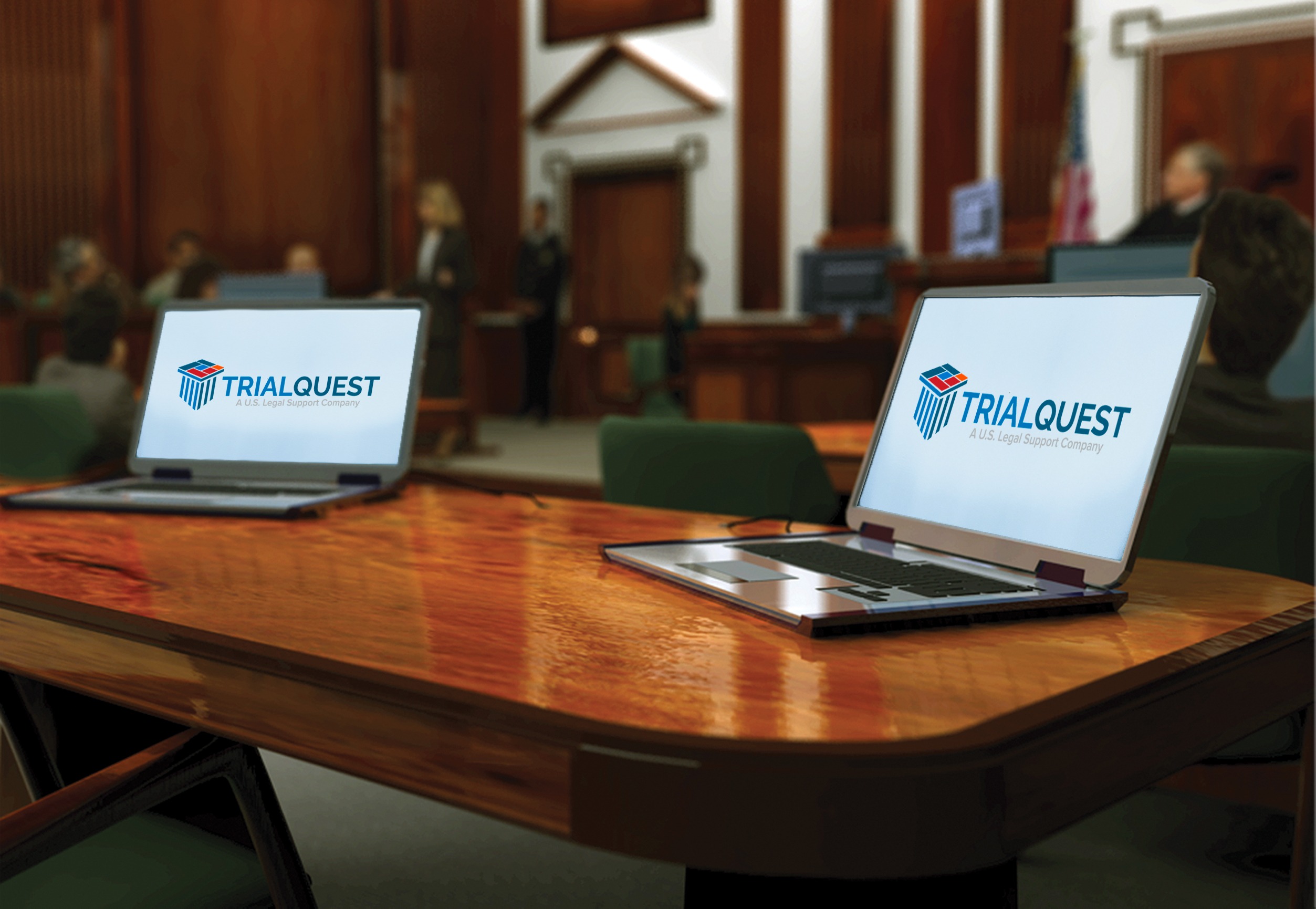The Role of Trial Presentations in Creating Effective Closing Arguments
The Role of Trial Presentations in Creating Effective Closing Arguments
Blog Article
Enhancing Your Lawful Strategy With Professional Test Presentations
In today's lawful landscape, the relevance of expert trial presentations can not be overemphasized. As lawyers browse the intricacies of the court, the ability to successfully communicate complex arguments is paramount. By transforming thick legal ideas into engaging stories, practitioners can improve juror understanding and retention. Integrating multimedia tools and storytelling techniques can produce an engaging background that not just informs but also resonates mentally with jurors. However, the question stays: what certain strategies can lawyers use to elevate their presentations and eventually affect test outcomes?
Value of Trial Presentations
Trial presentations act as an essential element in the legal process, effectively bridging the void between intricate lawful arguments and juror comprehension. The capacity to distill intricate lawful concepts into available stories is crucial for jurors, who should make informed choices based on the proof presented. A well-crafted presentation not only clarifies the situation but likewise improves the persuasiveness of the argument, ultimately affecting the court's assumption.
In an era where interest spans are limited, the importance of involving visuals and clear interaction can not be overemphasized. Trial presentations offer to catch jurors' passion and preserve their emphasis, permitting for a deeper understanding of the facts and legal concerns at hand. Moreover, they provide an organized structure that arranges the situation, promoting rational circulation and comprehensibility.

Key Elements of Effective Presentations
A reliable discussion in a courtroom establishing depend upon a number of key parts that jointly boost its effect. Foremost amongst these is clearness of message. Lawyers have to boil down intricate lawful disagreements into succinct, conveniently absorbable factors to make certain jurors comprehend the core problems. Complementing this quality is the use of an engaging narrative framework. An efficient discussion, with a clear beginning, middle, and end, guides the target market via the situation, making it a lot more relatable and remarkable.
Aesthetic help play a crucial duty as well, as they can considerably enhance vital messages. Reliable usage of exhibits, graphes, and diagrams can clear up complex information and highlight essential realities. In addition, the presenter's delivery style is essential; certain, interesting communication fosters reputation and keeps jurors' attention.
Lastly, comprehending the target market is extremely important. Customizing the discussion to the jurors' backgrounds and worths can promote a connection that improves understanding to the debate. In summary, clarity, narrative framework, visual help, delivery style, and audience understanding are integral to crafting an efficient court discussion that resonates with jurors and supports the overarching legal method.
Technology in Trial Presentations
Modern court rooms increasingly incorporate modern technology to improve test discussions, building on the foundational elements of efficient communication established via clear messaging and engaging narratives. The consolidation of audio-visual aids, such as high-definition projectors and interactive screens, allows lawful groups to existing proof in a more compelling manner. This modern technology not only records the court's interest however also assists in a much better understanding of complicated info.

Digital tools, consisting of discussion software application and electronic display monitoring systems, simplify the company and retrieval of evidence (trial presentations). Lawyers can promptly reference files, Visit Your URL images, and videos, making sure that essential information is easily accessible throughout the trial. Additionally, using animations and simulations can vividly useful source show crucial ideas, making them much easier for jurors to realize
Additionally, court room technology promotes cooperation among lawful experts, enabling real-time changes to discussions based upon jury reactions or unanticipated advancements. The capacity to adjust on the fly is crucial in keeping involvement and strengthening arguments. As technology continues to advance, its role in trial presentations will most certainly increase, using cutting-edge ways to communicate successfully and persuasively in the search of justice.
Narration Strategies for Influence
Efficient storytelling techniques are vital in providing impactful trial discussions, as they change intricate legal disagreements into relatable narratives. A well-crafted story astounds the audience, making it easier for jurors to understand and keep in mind vital points.
To create a compelling narrative, lawyers should focus on establishing a clear framework with a beginning, middle, and end. The start must present the case context and its value, while the center elaborates on the core problems, weaving in evidence and witness testaments that support the debate. Effectively, the ending must reinforce the desired message, driving home the desired end result.
Furthermore, integrating psychological components can dramatically improve the narrative's effect. By humanizing the case, lawyers can evoke compassion, permitting jurors to link personally with the realities presented. Utilizing vibrant images and stories can likewise aid in showing complex themes, making them extra concrete and memorable.

Tips for Implementation in Court
Carrying out storytelling methods in court needs careful preparation and implementation to guarantee that the narrative resonates with jurors. Begin by identifying the core message of your instance and straightening it with the psychological and accurate components that will certainly engage the court. Develop a clear and engaging narrative arc that consists of an introduction, a growth of dispute, and a resolution.
Make use of aesthetic help to boost narration; displays, timelines, and multimedia presentations can help illustrate intricate ideas and maintain juror rate of interest. Practice your delivery, making certain that body language, tone, and pacing follow the psychological weight of your story.

Final Thought
In final thought, expert trial discussions play an essential duty in boosting legal approaches by properly communicating intricate debates to jurors. The assimilation of visual help, clear stories, and psychological narration cultivates juror involvement and understanding.
Report this page